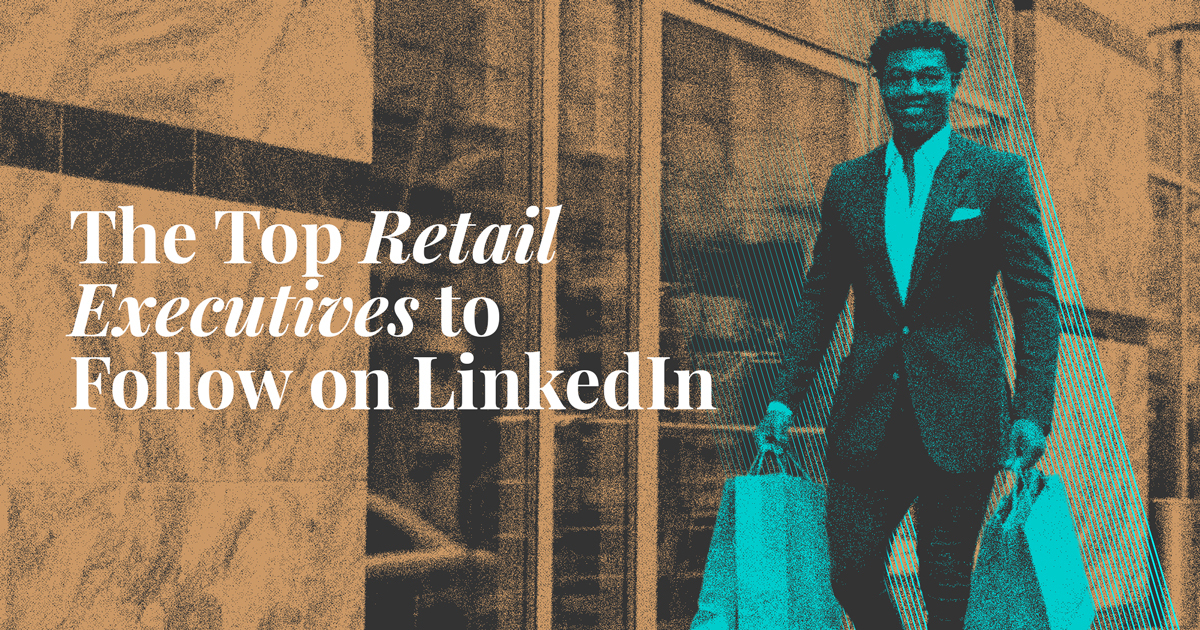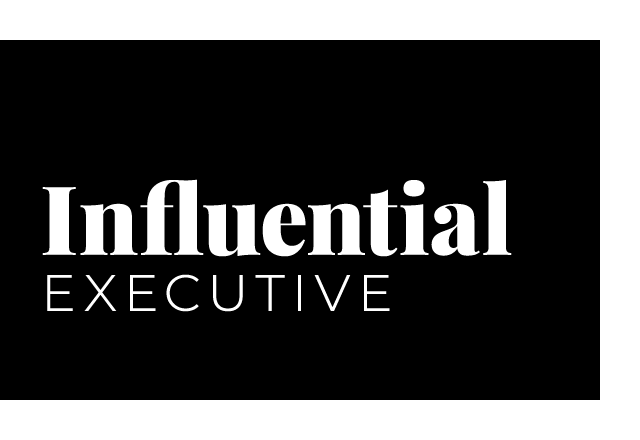
11 Dec The Top Retail Executives to Follow on LinkedIn
Like many industries throughout the pandemic, retail brands have had to massively adapt and shift their operational and marketing strategies this year. For example, 2020 has seen a huge transition to eCommerce as a result of physical stores being closed to the public. Consumers are also shopping more mindfully as a result of being both more socially and financially aware of their purchases.
In this article, we will be analyzing executives in the retail industry who are using LinkedIn to inform customers about their respective brand’s initiatives. These executives are setting examples of how the online space can be used to reach audiences directly, share important industry updates, and position their brands to emotionally resonate with customers. Specifically, these executives are placing a higher degree of importance on diversity and inclusion, or at the very least are being more thoughtful about the way their brand is engaging in social issues. Since many of 2020’s events have directly resulted in more socially conscious audiences, we believe this an important trend for executives to think about going into 2021.
Doug McMillon, President of Walmart
Doug McMillon is consistently active on LinkedIn where he has over 699K followers. McMillon’s social profile primarily highlights Walmart initiatives, but one of his recent efforts is a new series called “Walmart World of Good.” The series celebrates associates who are making a positive social impact within their communities, and McMillon is sure to spotlight a diverse array of people of different ages, backgrounds, and genders.
One of his recent posts highlights several Walmart associates in India, spotlighting employees who are contributing to the company’s eCommerce success. As an established executive, McMillon draws focus away from his own accomplishments and instead uses LinkedIn to show that he is actively involved with the Walmart community. Rather than being viewed as a disconnected figurehead, he demonstrates that he’s frequently connected to employees and his customers’ needs. In a time where social media users want to see empathy, attention, and connection from company leaders, McMillon effectively embodies this on his profile.
The pandemic has also forced retail brands to come up with innovative ways to keep their business thriving. As such, McMillon made sure to announce Walmart’s initiative on his personal LinkedIn. Released in September, the Walmart+ membership program is similar to Amazon Prime, offering free delivery services and other relevant benefits to members who subscribe.
Lastly, McMillon uses his platform to address important social causes. This year has seen an onslaught of social and global issues coming to the forefront, resulting in more socially conscious users who are placing a higher degree of importance on a brand’s values before they purchase from them. Therefore, leaders who position themselves and their brands as socially responsible and attuned to pertinent issues are likely to resonate positively with customers.
Follow Doug McMillon for insights into how major retailers are adapting to the COVID-19 pandemic and see how an executive of a massive franchise can maintain a strong social media presence.
Sarah Blakely, CEO of Spanx
The CEO of Spanx, the popular shapewear brand, has an impressive 1M+ followers on her LinkedIn.
Throughout the pandemic, user and customer feedback has been a crucial factor for retail companies as they adapt their brand strategy accordingly. As a result, brands have been heavily relying on direct communication channels—like email and social media—to interact with their customers. Blakely is very active on LinkedIn, frequently acknowledging and engaging with her followers and taking on a personable approach through her content. This more casual approach makes her and her brand more reliable and accessible to the audience.
Blakely’s content, which consists of fun and personal videos and photos, is also likely to reach and resonate with younger audiences. One example is that Blakely took part in the popular #HowItStarted social media challenge by posting her own version, which highlights her journey as Spanx’s CEO. Another example is the post below where, in an entertaining yet informative video, Blakely announces her philanthropic initiative of donating $5 million to support female entrepreneurs. The video uses a format that mimics TikTok videos, which is a popular platform and format amongst younger users.
Through motivational posts, a focus on empowering women, and a fun, lighthearted tone, Blakely also positions Spanx as a socially progressive and inclusive brand for customers to support.
Follow Sarah Blakely for insights into how she has achieved success in the retail sector and how she establishes her brand’s values and ethics into her social media content.
Dirk Van de Put, CEO of Mondelez International
The CEO of Mondelez International, an American company known for its many brands including Oreo, Cadbury, and Ritz, has 35K followers on LinkedIn.
Van de Put primarily uses his social platform to highlight the brand’s initiatives for social good, as well as providing information on how the retail industry is adapting to customer behaviors throughout the pandemic.
For instance, Van de Put shared a company video called “The State of Snacking” report, which highlights how online shopping has surged throughout COVID-19 and how customer snacking behaviors have changed. The video is particularly engaging for his followers because it combines humor with useful industry insights.
Van de Put also uses his LinkedIn space to outline how the company is actively implementing diversity and inclusion efforts. One example is an Oreo ad in support of the LGTBQ+ community, and another is the post featured below. As mentioned earlier, executives can use posts like this to personally align their values with their brand’s objectives to resonate with customers who are growing more socially conscious about the retail brands they are buying from and supporting.
Follow Dirk Van de Put for retail insights and to understand how retailers are successfully incorporating diversity and inclusion into their brand strategy.
Shaping the Retail Industry Through Social Media
This year, trends in the retail industry include a massive transition to eCommerce over in-person buying, an evolving business model that must actively acknowledge the pandemic’s impact on retail brands, and more socially aware buyer behaviors.
As such, retail brands have had to become more attuned to customer needs and many companies have used their leadership team on social media to do so. Some commonalities between these three retail executives is that they effectively use social media to actively engage with their followers, post brand announcements and industry trends, and acknowledge social issues.
For executives of retail brands, we think the CEOs highlighted in this article are good examples of how social media can be used to communicate with key audiences, gain customer feedback to identify gaps in brand strategy, and maintain a positive brand reputation.
If your brand’s executives aren’t on social media yet, now is the time to get started. Learn how we successfully position leaders on social media by visiting the link below!
Read about our Executive Social Media Services here!